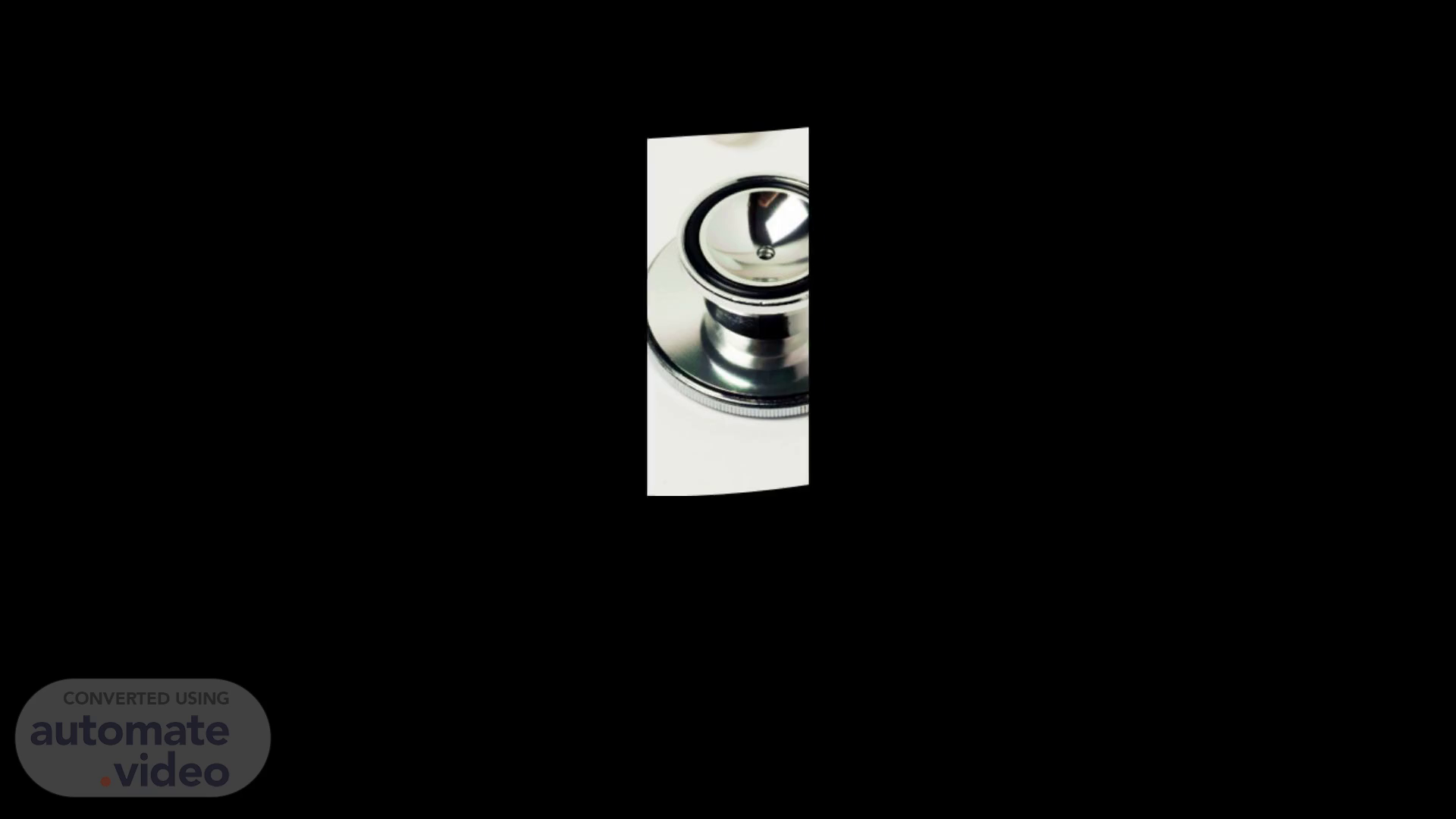
Hypertension "Blood Pressure"
Scene 1 (0s)
[Audio] Good morning, everyone. Today, I am here to talk to you about hypertension, commonly known as high blood pressure. I will discuss its diagnosis, classification, causes, symptoms, and how to reduce it through tailored diet plan. So, let's begin!.
Scene 2 (6s)
[Audio] Blood pressure is a measurement of the force exerted within the walls of your arteries. People with hypertension have consistently high blood pressure. Such an issue can be addressed by making lifestyle changes such as decreasing salt intake, increasing intake of healthy foods, and limiting alcohol and caffeine. These changes can help a person decrease their blood pressure and lead a healthier life..
Scene 3 (10s)
[Audio] Hypertension is a medical condition characterized by blood pressure higher than normal. Its potential causes include narrowing of the blood vessels, obesity, family history, or an unbalanced diet. It may occur with no symptoms, but if untreated, it can have serious consequences such as heart disease, stroke, kidney failure, and other health issues. Diagnosis of hypertension involves measuring the blood pressure and considering other medical conditions that may be influencing it. Treatment typically involves taking medication and making lifestyle modifications such as losing weight, reducing salt intake, exercising regularly, and stopping smoking..
Scene 4 (14s)
[Audio] In regards to the classification of blood pressure for adults, there are three different categories. These are normal, which is less than 120/80 mmHg; elevated, which is 120–129/less than 80 mmHg; and hypertension, which is greater than or equal to 130/80 mmHg. Blood pressure is an essential element of overall health and regular monitoring is essential for the diagnosis and treatment of hypertension. Thus, it is important to take into account the three blood pressure categories (normal, elevated, and hypertension) when assessing someone’s general health. Regular monitoring of blood pressure is thus essential to identify and treat hypertension..
Scene 5 (18s)
[Audio] Making lifestyle changes is key to lowering high blood pressure. Regular exercise, reducing salt intake, reducing alcohol consumption, losing excess weight, quitting smoking, reducing stress, eating a balanced diet, drinking less caffeine, and getting enough sleep are all excellent habits that can help maintain a healthy lifestyle and reduce the risk of hypertension. Doing these things can help improve overall health and wellbeing..
Scene 6 (46s)
[Audio] When it comes to health, diet is an essential factor. To lower blood pressure, incorporating certain food items into your diet can be beneficial. Fatty fish, Greek yogurt, vegetables, whole grains, berries, apples, and raisins are some of these food items. They contain antioxidants, calcium, probiotics, omega-3 fats, and heart-healthy nutrients like potassium, folate, and magnesium. Inclusion of these food items in your diet may help to lower your blood pressure..
Scene 7 (1m 21s)
[Audio] Eating a healthy diet is an essential part of controlling high blood pressure and managing hypertension. Choosing nutrient-dense foods is key to improving and maintaining your overall health. Making good food choices can have a lasting positive effect on your health..
Scene 8 (1m 52s)
[Audio] When it comes to dealing with hypertension, altering one's diet may be a beneficial measure. For those of a Hispanic background, this could involve adding particular foods and spices to their diet, such as avocado, black and red beans, bell peppers, tomatoes, chili peppers, cumin, cinnamon, and cilantro, allowing for flavorful methods of hypertension management. It is important to take into consideration individual dietary needs when aiming to manage one's condition..
Scene 9 (2m 23s)
Funny Spectickles Blood Pressure Medical Cartoon Humor - Medical - T ....